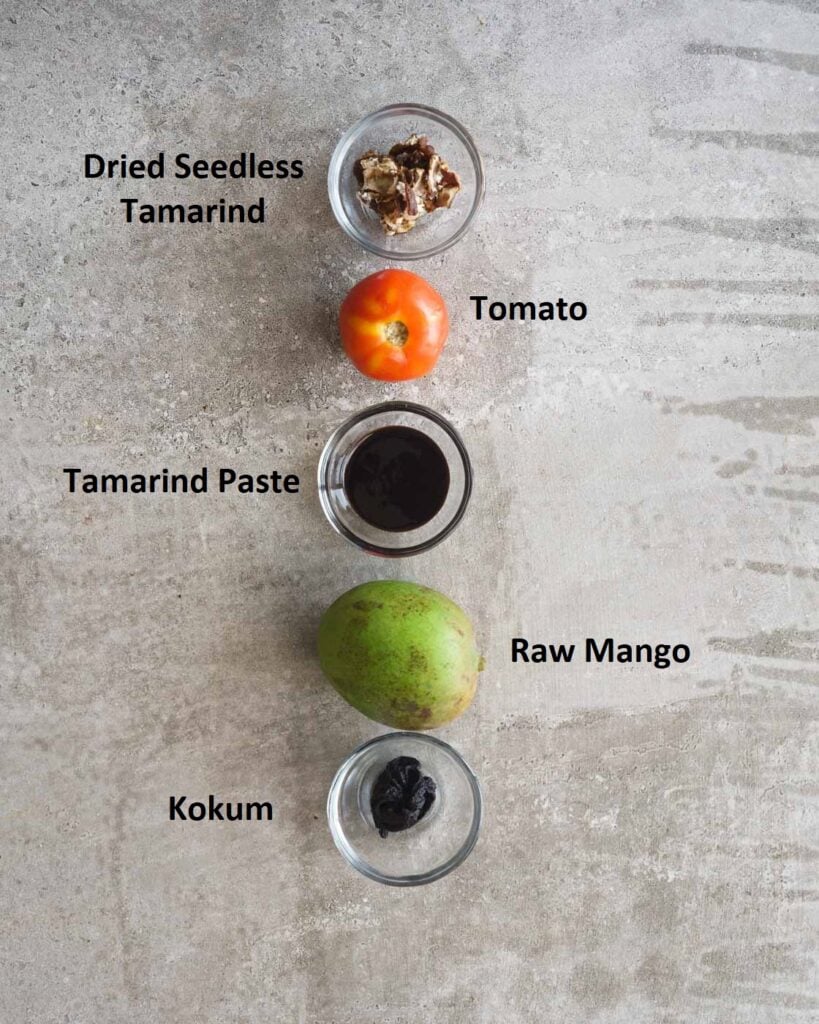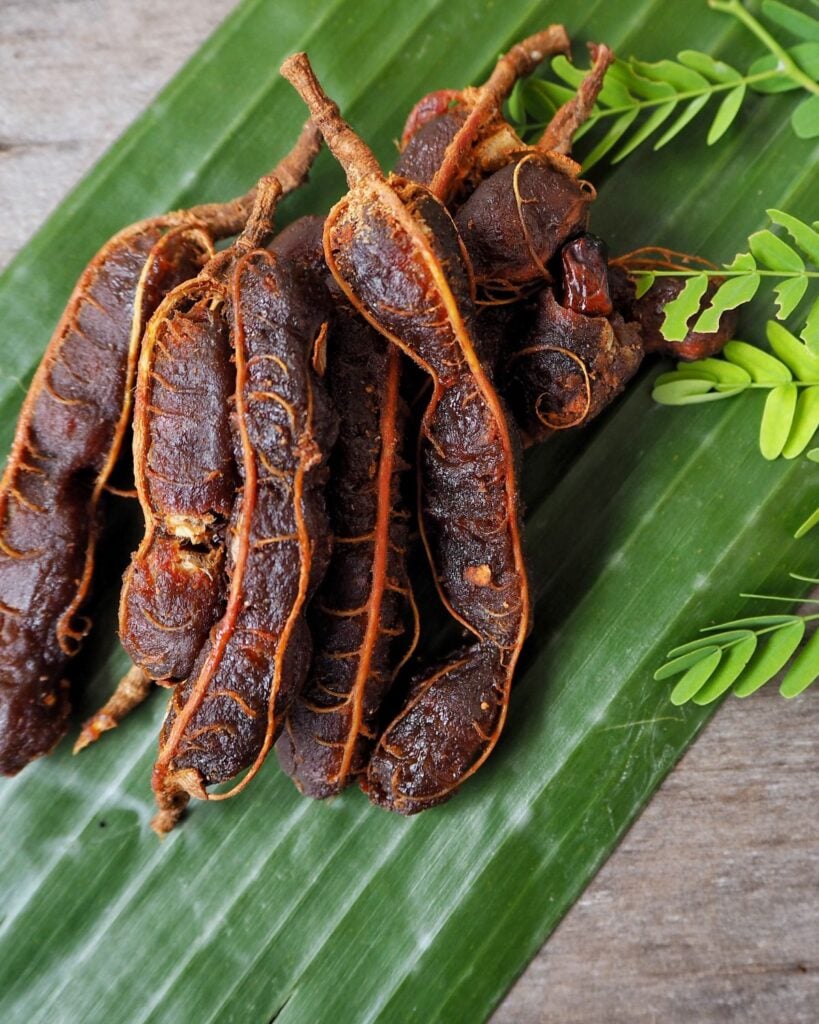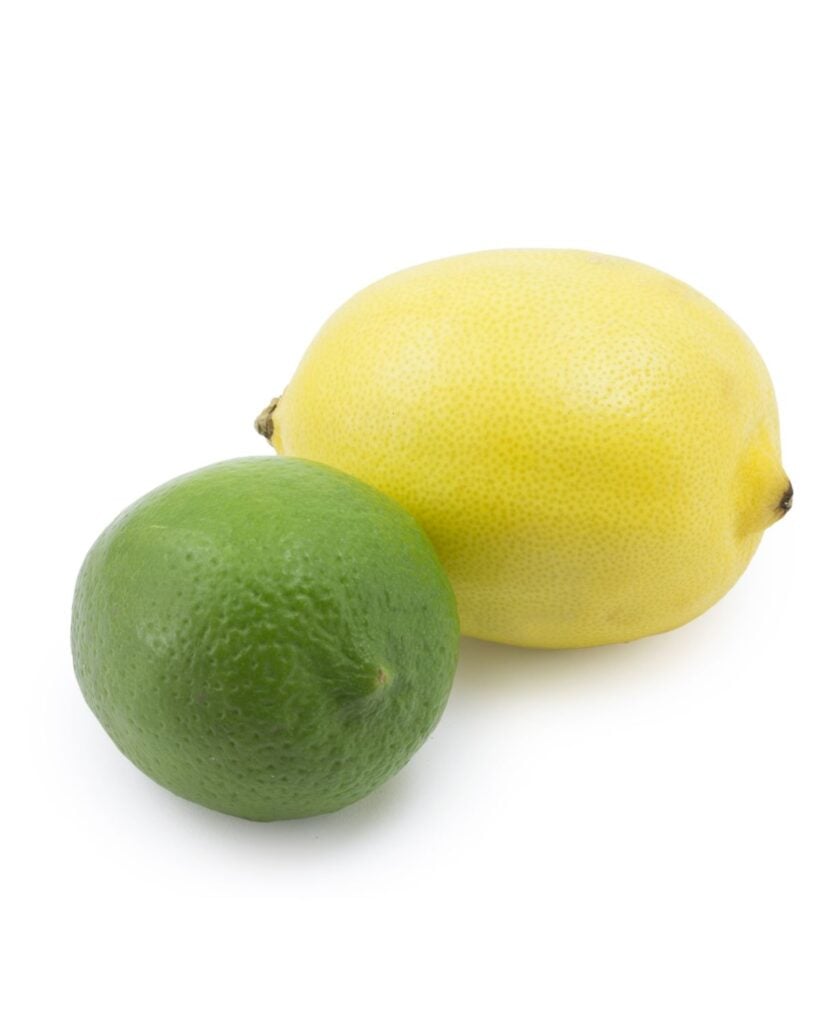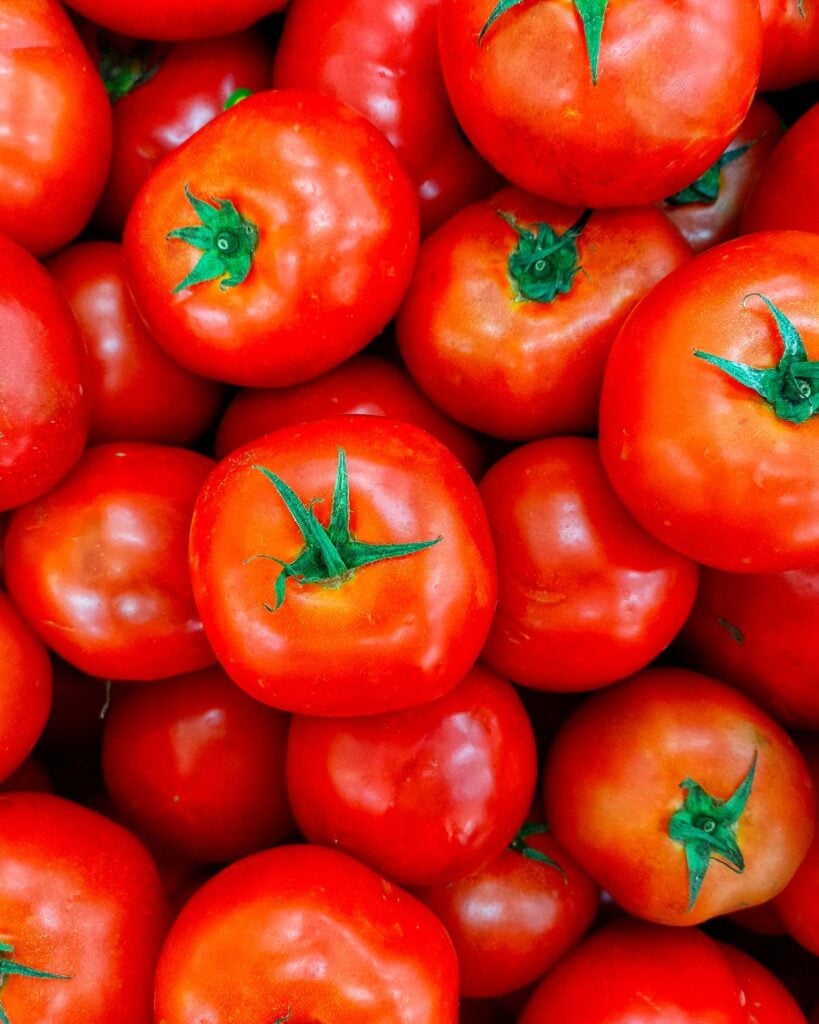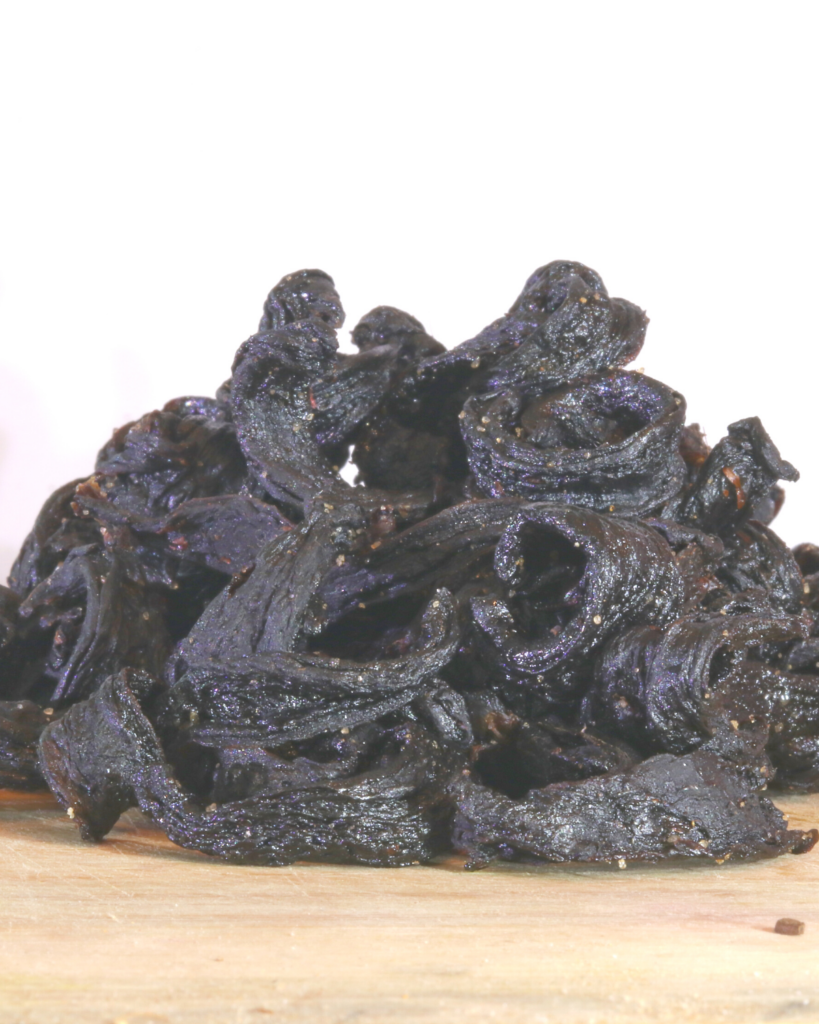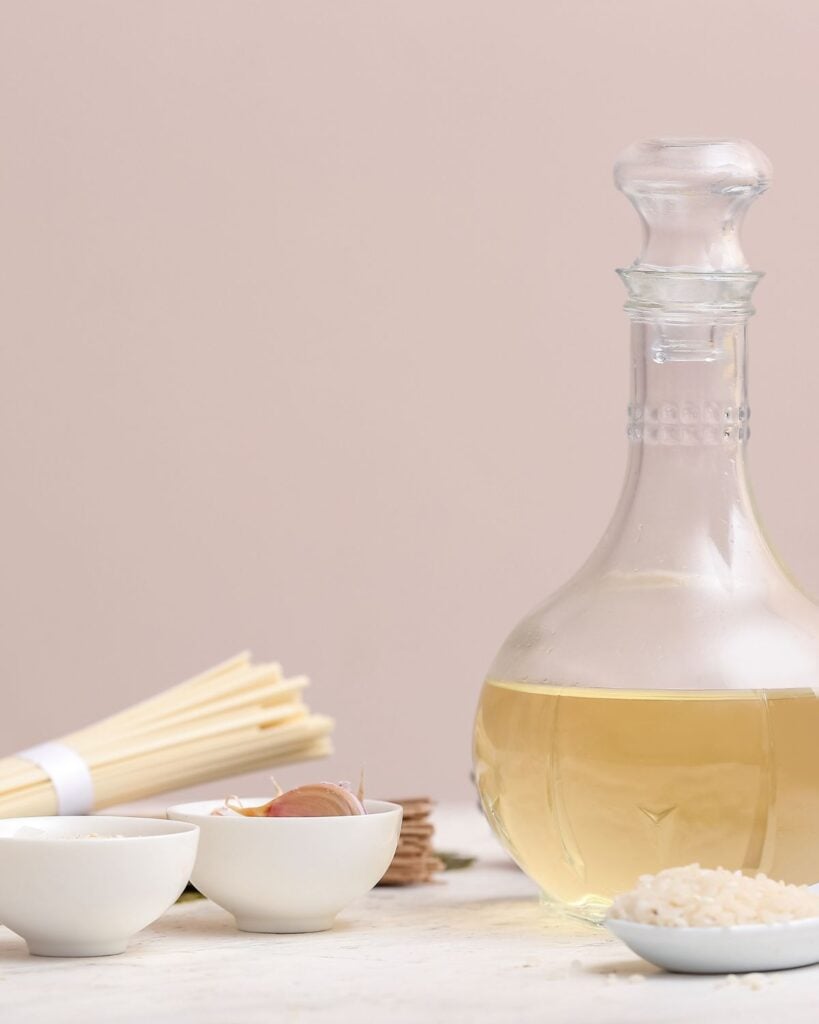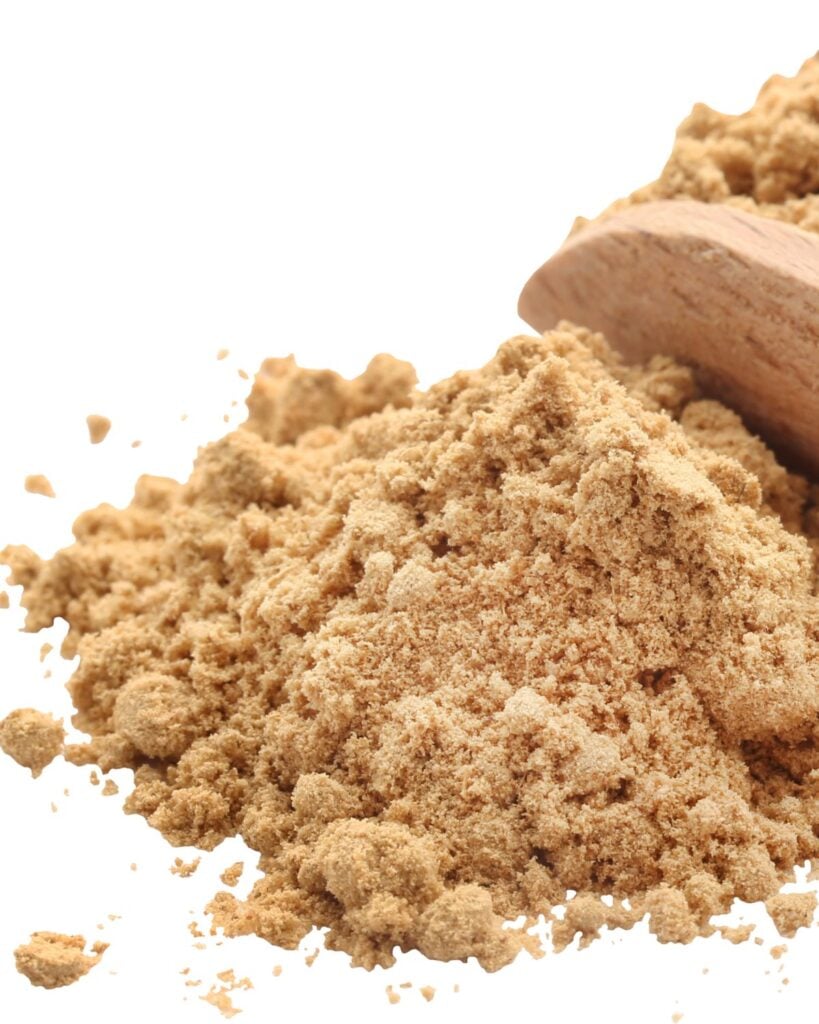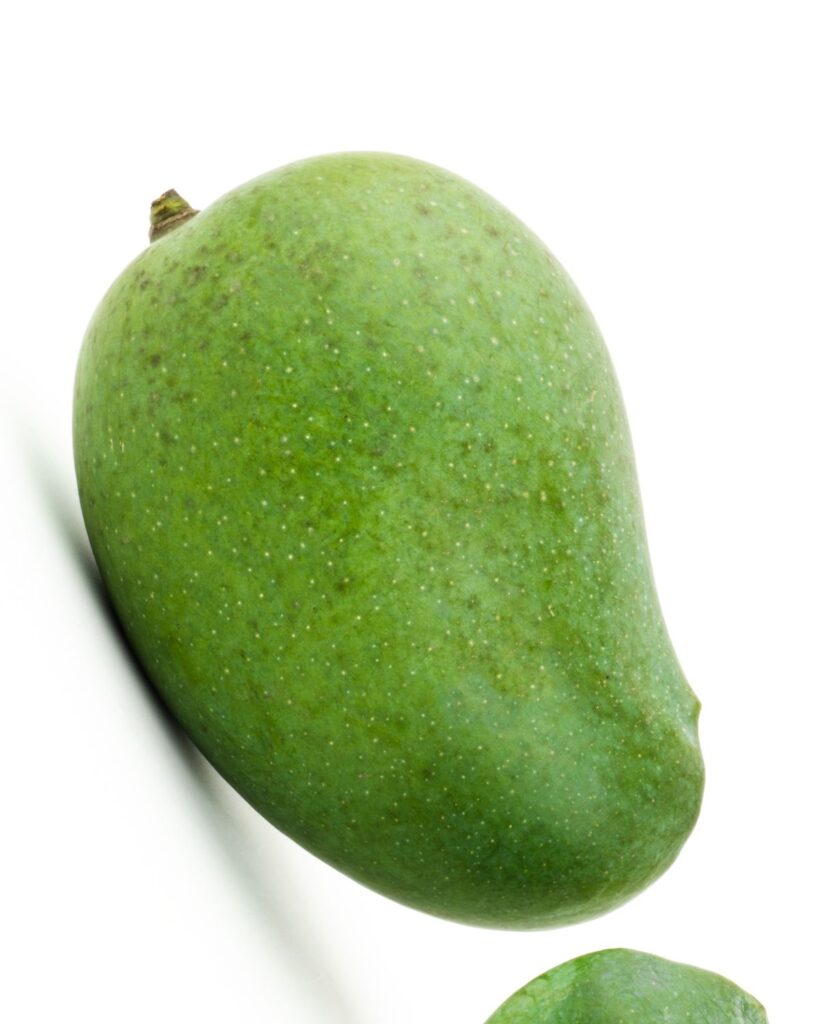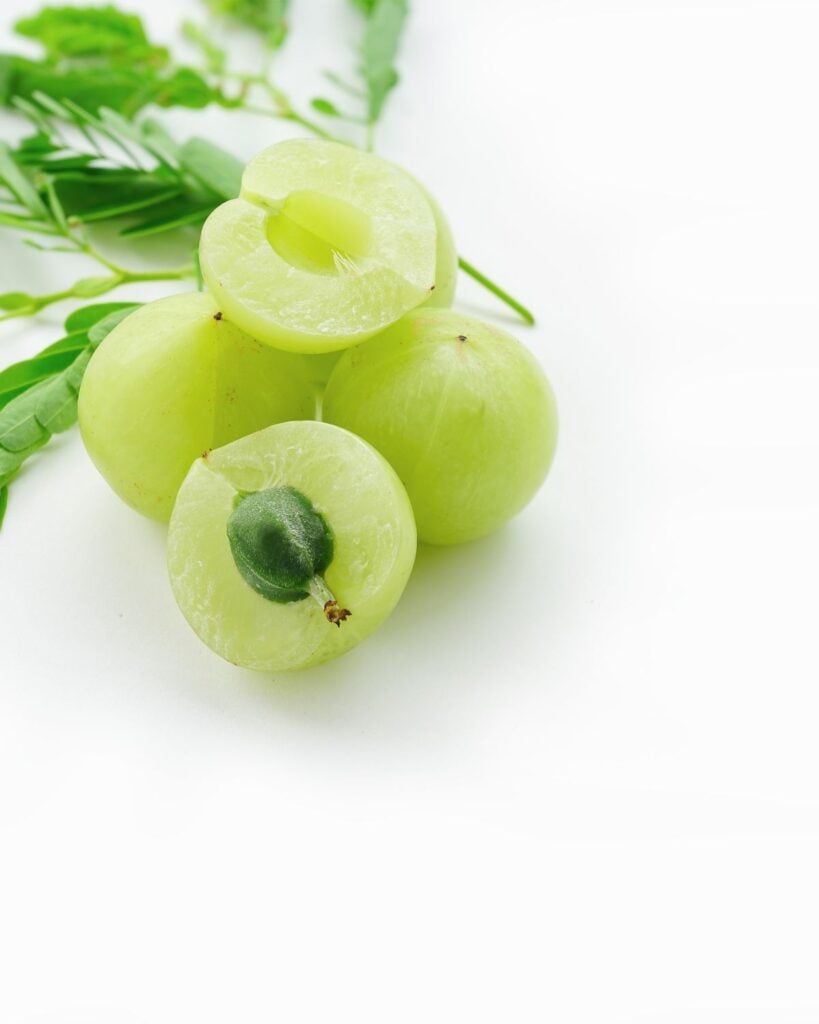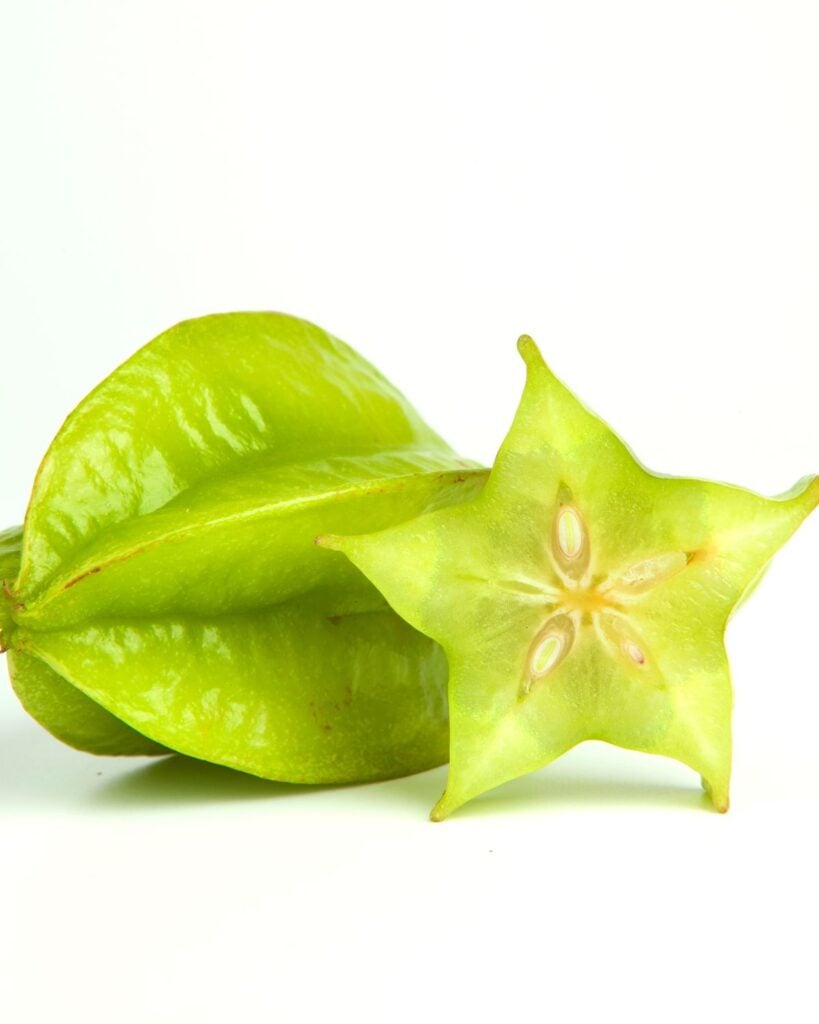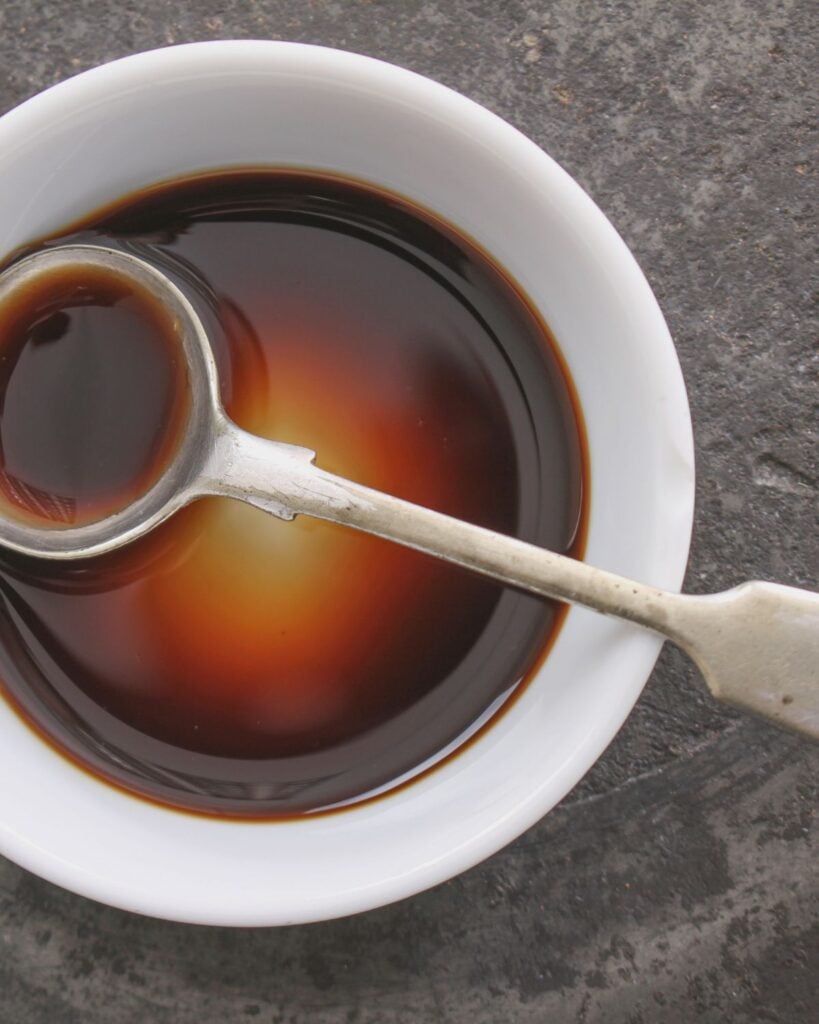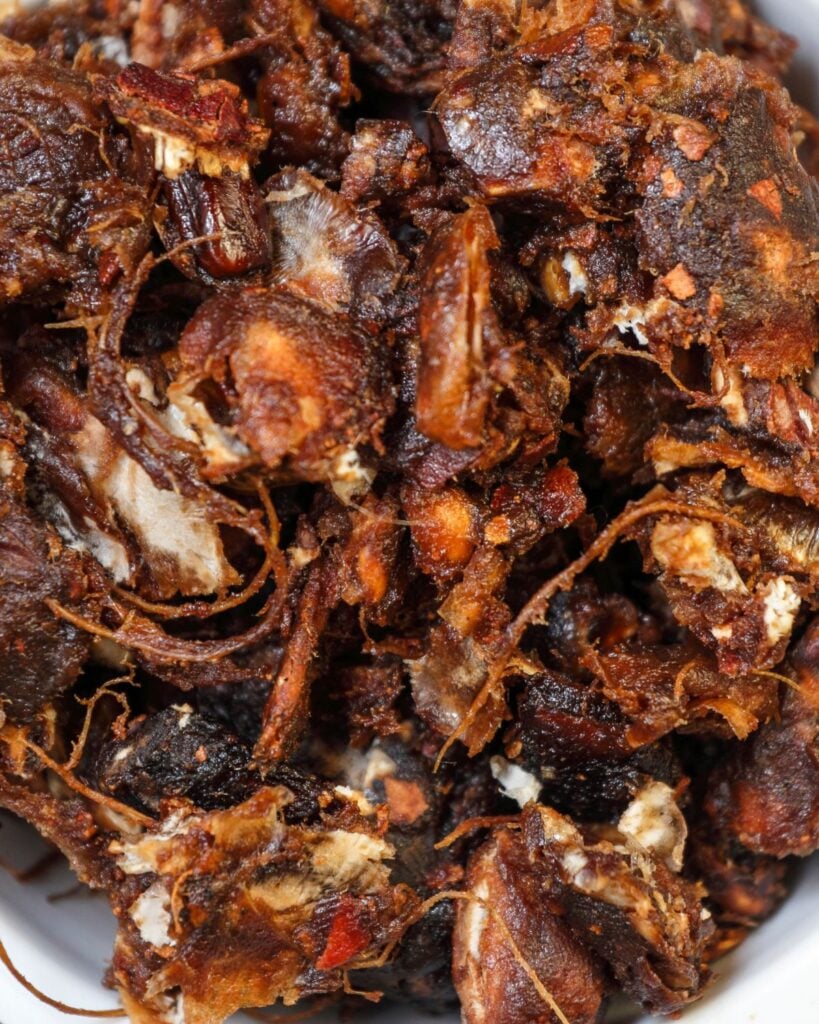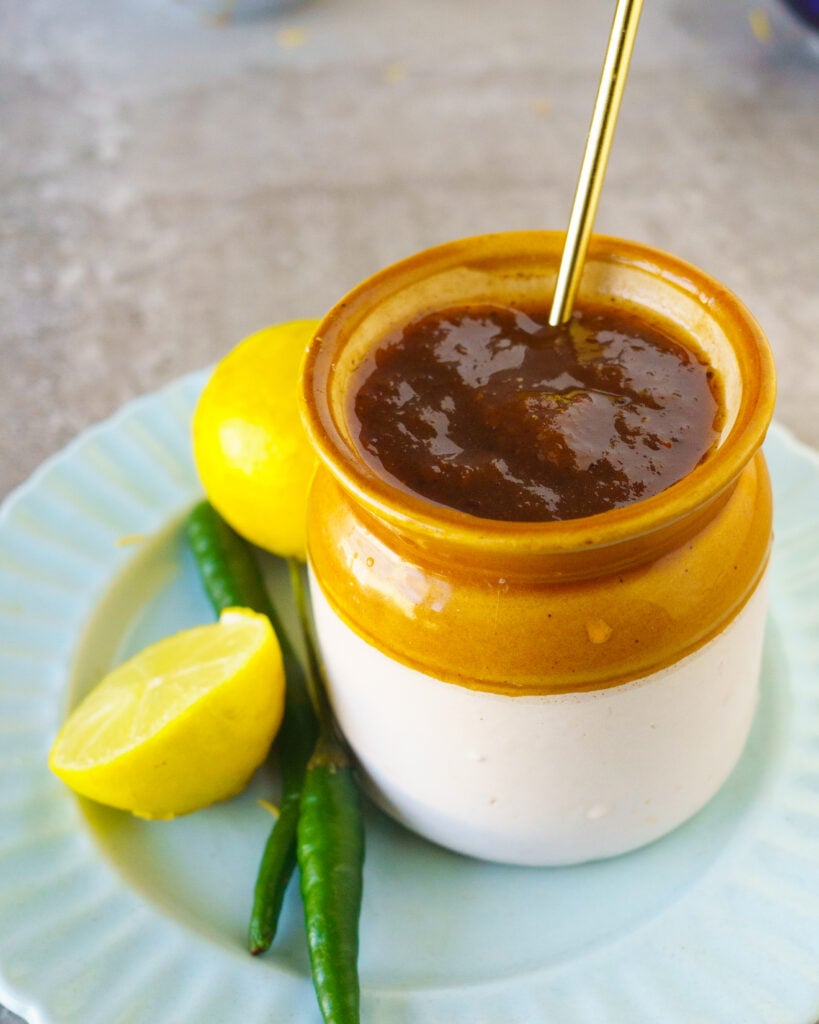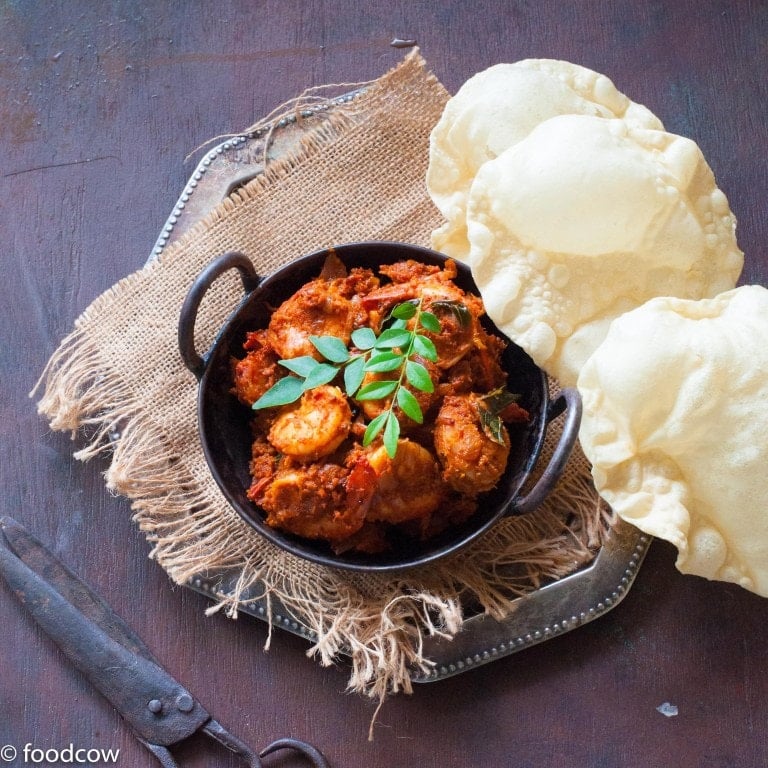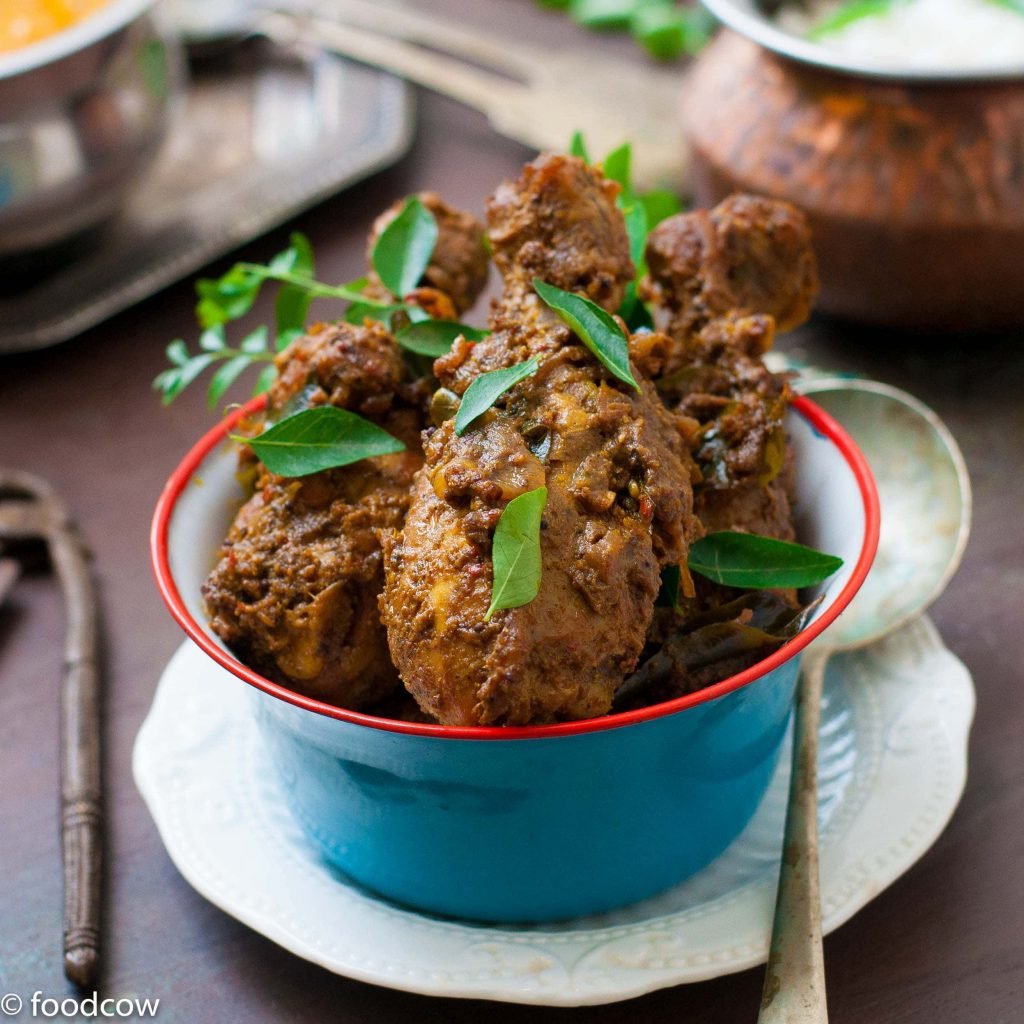If you have ever been in the middle of making your favorite pad thai or sambhar and suddenly needed the answer to the questions “What can I use in place of tamarind paste?” then I have got you..
Let’s start with what is Tamarind
Tamarind is a fruit that’s used very commonly in Asian, Indian and Mexican cooking. The pulp of tamarind is extracted from tamarind pods and can be eaten raw. The taste of tamarind depends on how ripe it is. As it ripens, the taste changes from sour to sweet. It’s added to soups, stews, pad thai, dals, curries , rice, chutneys, stir fries and even desserts. It’s usually available in
Fresh fruit form with the podsPressed seedless tamarind blocksPaste and ConcentratePulp form
What does tamarind taste like
In it’s un ripe form, tamarind tastes sour. When it ripens, like any citrus fruit, it sweetens. Tamarind is used to add sourness to food. It’s in effect a souring agent. Before tomatoes were made common in india , tamarind what the main souring agent. So the simplest way to substitute it in recipes will be to add another souring agent.
Substitutions for Tamarind Paste
Here are 12 Substitutes for Tamarind. Some of them are pantry staples which you will have lying around and some like kokum are more complex but true substitutions for tamarind.
1. Lemons & Lime
The easiest substitute for tamarind is lemons or lime juice. As tamarind is used to add sourness in stews, chutneys and curries, you can easily substitute tamarind with lime or lemon juice. You will get a sweeter sourness using lime or lemons. Also, you will not get the darker brown color but it will work very well in most recipes.
Pros
Easily available
Cons
Does not have the same complexity and textureDoes not give the brown color
2. Tomatoes
A great substitute for tamarind is tomato. Especially in curries and dals. Before Tomatoes were grown in India, tamarind was used to make dals and sambhars. Now tomatoes and tamarind is used interchangeably in south Indian cuisine. You can substitute tomato paste with tamarind paste in 1:1 ratio. If you are using fresh tomatoes, i would say 5 tomatoes would equal to about 1 tablespoon of tamarind paste.
Pros
Easily available
Cons
Needs to be cookedDoes not give the brown color
3. Cocum or Kokum
A best substitute for tamarind is Kokum or Cocum Cocum is a sour fruit, it’s called Garcinia indica in english. It’s usually available in dry form. It’s black in color and is used extensively in south India especially kerala and western coast. Cocum or kokum is a direct substitute for most south Indian recipes calling for tamarind. You can make sambhar, stews, curries with this. 1 piece of Kokum or cocum would be equal to ½ tablespoon of tamarind paste. There are two ways you can use cocum
Pros
The best substitute for Indian cookingGives similar complexity and color.
Cons
Not easily availableUnlike tamarind, Kokum makes the dish sour with time
4. Vinegar
A great pantry substitute for tamarind is vinegar If nothing else, most kitchens have vinegar. You can use what you have from synthetic white vinegar to red wine vinegar to coconut vinegar. Most times, tamarind is added to add sourness to the dish. That is why a pantry staple like vinegar is a great substitute for tamarind. I would say 1 tablespoon of Tamarind pulp is equal to 1 teaspoon of vinegar.
Pros
Easily available
Cons
Not complex enoughDoes not give the brown color
5. Dried Mango Powder
A great powdered form of substitute for tamarind is dried mango powder This is a north indian pantry ingredient. It is the choice of souring agent in the north indian cuisine. Ground Dried mango can be stored in a jar at the counter for months! It’s a perfect complex substitute for tamarind. Especially in indian and thai recipes. You can use 1 teaspoon of Dried Mango powder to substitute 1 tablespoon of tamarind paste.
Pros
Easily available in north indiaCan be stored for long time
Cons
Does not give the brown colorNot easily available outside india
6. Raw Mango
A good fruit substitute is raw green mango Raw Mango is a great souring agent for chutneys and curries.This especially works well for chutneys and curries. All you need to do is blend it into a pulp or grate it to use it almost as you would tamarind. This is a great substitute for indian curries, rice dishes and thai dishes. It’s easily available, almost year round in india. But you might not get this as easily in USA and Canada.
Pros
Easily available in Asia and asian stores
Cons
Does not give the brown colorMay not be available in off season
7. Gooseberry or Amla
A healthy substitute is Amla or Indian gooseberry Amla or Gooseberry is a very pungent indian berry. It’s known for it’s fantastic health benefits. It definitely packs a far more punch than tamarind so use it lesser than you would tamarind. I use this instead of tamarind in chutneys and sambhar all the time!
Pros
Easily available in India
Cons
Does not give the brown colorMay not be available in off seasonCan be too sour
8. Star Fruit
Another easily available fruit substitute is Star fruit This sour fruit is very easily available in USA and Canada. Use the young green Star fruit , that’s when its very sour. You can either grate this or make it into a pulp and use it.
Pros
Easily available
Cons
Does not give the brown colorMay not be available in off seasonCan be too sour
9. Strawberries
An off beat fruit substitute is Strawberry Use sour strawberries instead of tamarind! Yes it sounds weird but it will work very well. Especially if you cook the paste of strawberries for 5-10 minutes.
Pros
Easily available
Cons
Does not give the brown colorMay not be available in off season
10. Mango Chutney
A supermarket jam/ chutney substitute is Mango Chutney If you have a jar of mango chutney lying around, then you can use that too! I have done this so many times! Especially when I wanted to make a quick rice stir fry and I didn’t have any tamarind pulp on me.
Pros
Easily availableLong shelf life
Cons
Does not give the brown colorMay be sweet, salty and spicy
11. Worcestershire Sauce
Another easily available pantry sauce substitute is Worcesterschire sauce Worcestershire sauce is made with tamarind. So it will be a good substitute for tamarind esepcially when miced with fresh lemon juice, brown sugar, and tomato paste This blend can mimic the color texture and taste of tamarind paste. Though keep in mind that Worcestershire sauce is usually not vegetarian.
Pros
Easily availableLong shelf life
Cons
May not be vegetarianMay not be sour
12. Tamarind Fruit
A shelf stable version is dried tamarind If you have the tamarind fruit at home, then you can easily make the tamarind paste. For small amount of tamarind pulp, you can follow the steps below Step 1: Soak a ball sized tamarind in boiling water till the water cools down Step 2: Discard the water. Sieve the soft tamarind through a tea strainer. Press using a spoon. Step 3: Scrape the tamarind from the bottom. You should get about 1 tablespoon of tamarind paste.
Pros
Easily available in Asia and Asian marketsLong shelf life
Cons
Have to Soak and strain itTakes time
How to Choose Substitute for Tamarind
Here are the best substitutes for tamarind in:
Dals & Sambhar
Here are the best substitutes for tamarind to use while making Dal and Sambhar
Cocum, Lime Juice & Tomatoes
Chicken and Fish Curries
Here are the best substitutes for tamarind to use while making chicken curries and fish curries
Vinegar, Cocum , Tomatoes & Lime Juice
Chutneys
Here are the best substitutes for tamarind to use while making chutneys
Raw Mango, Gooseberry , Lime Juice
Pad Thai
Here are the best substitutes for tamarind to use while making pad thai
Lime Juice & Worcestershire sauce.
Here are some more Easily available substitutes for Indian ingredients - Tamarind- Curry Powder
How to Use Tamarind
Tamarind paste is easily available and beginner friendly. You can also use tamarind concentrate or soak the tamarind fruit. To use it, the ONE TOP TIP is to taste, taste & taste. With tamarind, it’s best for you to add little first and taste as you go. This is true especially in curries where the flavor builds and intensifies with time. Also, while buying, always check whether you are buying tamarind concentrate or tamarind paste. As the name suggests, tamarind concentrate will pack a lot more kick and sourness. You will need to use about ¼ the amount of tamarind concentrate.
Here are Some recipes using Tamarind
Sweet Tamarind Chuntey for Chaat
Authentic Mangalorean Prawn Sukka
Malabar Chicken Peralan | Kerala Chicken Roast
Pad Thai from Spruce Eats
